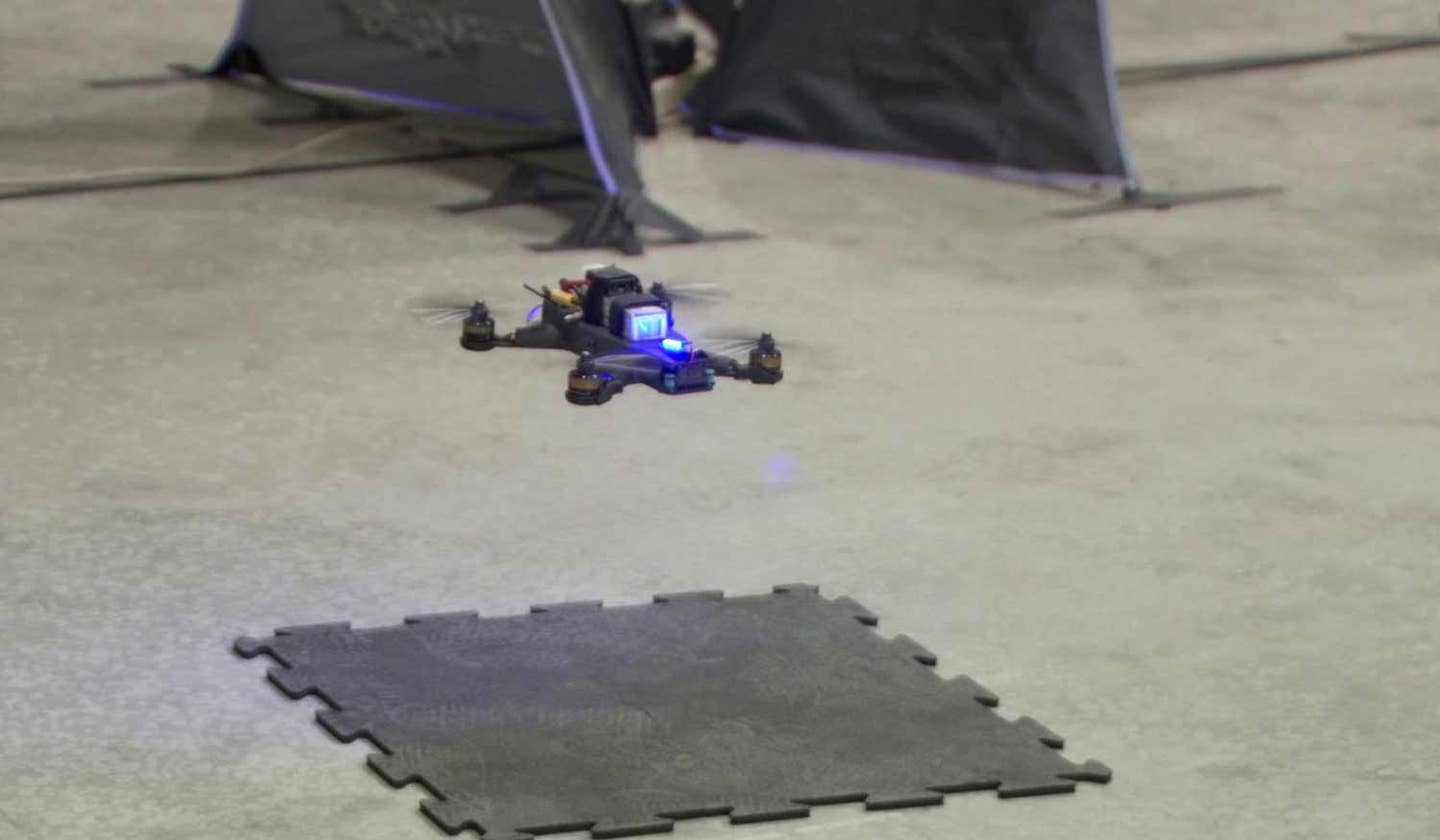
Professional drone racing pilot Ken 'FlyingBear' Loo is used to racing the likes of Paul 'Nurk' Nurkala, Nick 'Wild Willy' Willard and Jordan 'Jet' Temkin through extravagant tracks in cool locations, later to be aired on ESPN. Racing a NASA-built autonomous drone? Not so much.
"We pitted our algorithms against a human, who flies a lot more by feel," said Rob Reid of JPL, the project's task manager. "You can actually see that the A.I. flies the drone smoothly around the course, whereas human pilots tend to accelerate aggressively, so their path is jerkier."
The NASA drones flew more cautiously but maintained consistency. The autonomy is a work in progress as the drone moved so fast at times that motion blur caused them to lose track of their surroundings.
Loo attained higher speeds and was able to perform aerial corkscrews, having had thousands of hours of experience handling racing drones. However, he was limited by exhaustion, something the A.I.-piloted drones didn't have to deal with.
"This is definitely the densest track I've ever flown," Loo said. "One of my faults as a pilot is I get tired easily. When I get mentally fatigued, I start to get lost, even if I've flown the course 10 times."
While other elite drone racing pilots have reported exhaustion and fatigue, none have reported it after such few attempts on a track.
The A.I. and human pilot started out with similar lap times, but after dozens of laps, Loo learned the ins and outs of the course, taking more aggressive angles and figuring out where he could throttle pop to pick up milliseconds. For the official laps, Loo averaged 11.1 seconds, compared to the autonomous drones, which averaged 13.9 seconds.
"Our autonomous drones can fly much faster," Reid said. "One day you might see them racing professionally!"
Eh, we’d rather watch FlyingBear.

Sign-up for newsletters & special offers!
Get the latest FLYING stories & special offers delivered directly to your inbox






